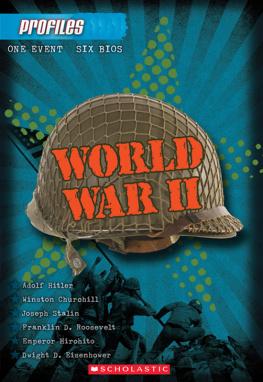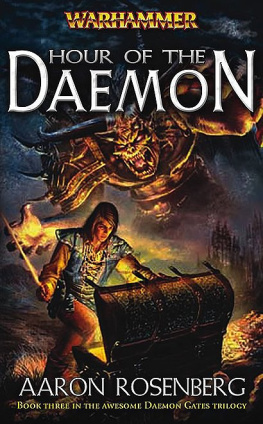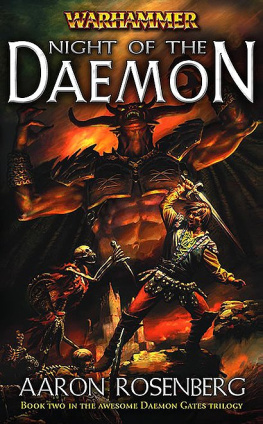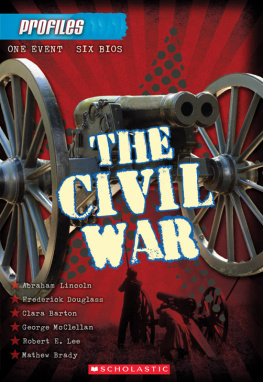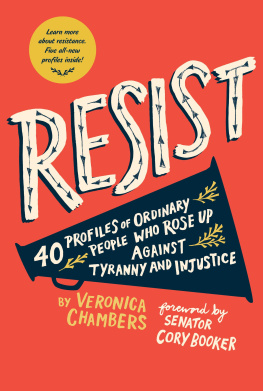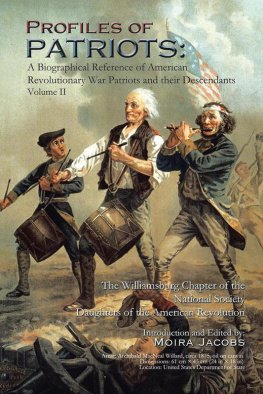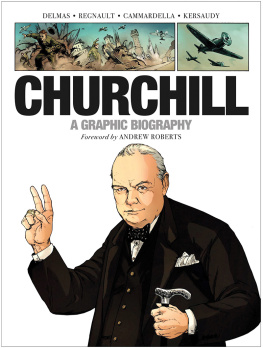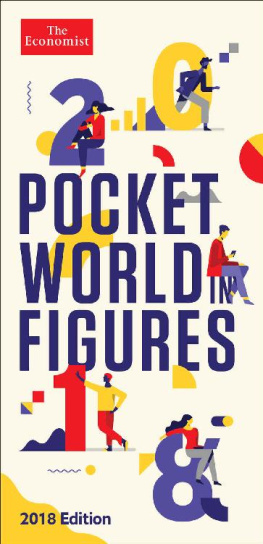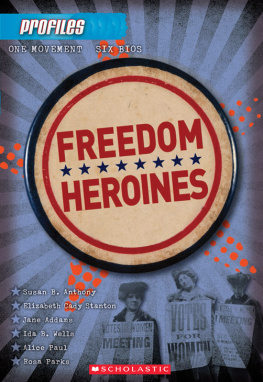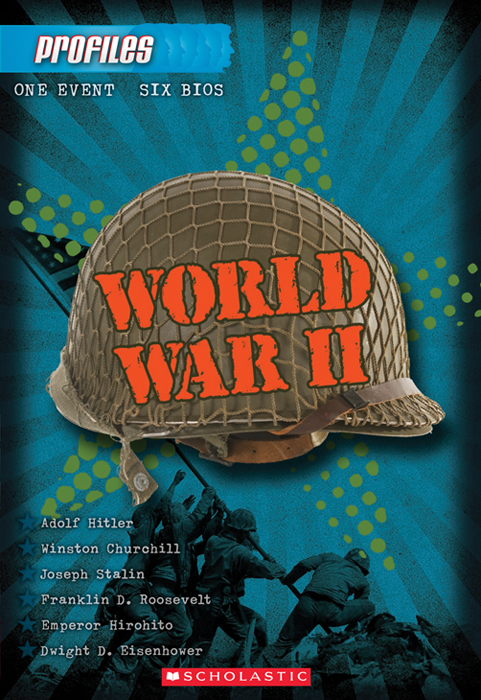



The Second World War, or World War II, began on September 1, 1939, when Germany invaded Poland. Soon Germany, Italy, and Japan formed an axis of power. The United Kingdom, the United States, and the new Soviet Union eventually gathered to form the Allied forces, along with France and several other countries. The war lasted for six years, ending with Germanys surrender on May 7, 1945, and Japans surrender on August 14. All told, the war cost roughly sixty million lives. It rewrote the face of the world and set the stage for world politics for years to come.
You can read plenty of books about the war itself, about specific battles, soldiers, and armies, or about what happened to certain countries during and after the war. But who were some of the major players behind this conflict? Who were the leaders of the Axis and the Allies? And how did their actions influence one another and the war?
Most people have heard of Adolf Hitler, but did you know he wanted to be a painter instead of a politician? Or that he served in the German army during World War I? How did Josef Stalin become the undisputed ruler of the new Soviet Union, and why did he and Hitler form an alliance before World War II began if they disliked each other so much? Who was Hirohito, and how did he not only get Japan involved in the war but salvage the country after their defeat? Why did Winston Churchill warn against the new Soviet Union and then ally with it against Nazi Germany? Why did Franklin D. Roosevelt want the United States to join the war when the fighting was taking place so far away? How did Dwight D. Eisenhower become the supreme Allied commander when he never saw combat himself? And how did he help pick up the pieces after the war was over?
The six people in this book had a major effect on World War II and on one another. Well see who these people were, what their lives were like, and where they intersected with one another. Well find out how they influenced one another and the course of events, both during and after the war, and how they affected the entire world around them. Each of these people had a lasting influence. We are still feeling the effects of their actions, and their lives, today.

Adolf Hitler was the undisputed ruler of Germany and the man who started World War II. He slaughtered millions of people in what became known as the Holocaust.
EARLY LIFE
Adolf Hitler was born on April 20, 1889, in the town of Braunau am Inn. Braunau was in Austria-Hungary near the German border. His father, Alois, was an Austrian customs official. His mother, Klara, was Aloiss third wife. Alois had two children from his second marriage. He and Klara had five other children besides Hitler. But three of those children died in infancy, and a fourth died before age six. Only Hitler and his little sister, Paula, survived.
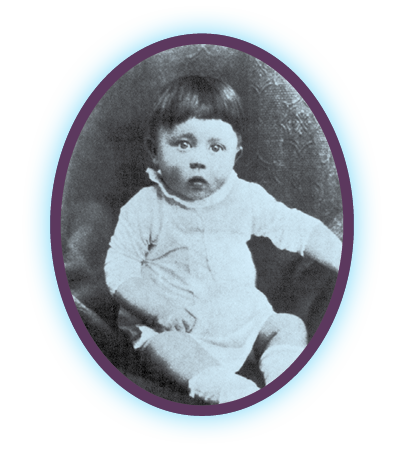
Hitler as an infant
Hitler did very well when he started school in 1895. He was bright and popular. Both teachers and students liked him. His father hoped this meant Hitler would continue to do well in school and then join the civil service like himself.
In 1897 the family moved from the farming town of Hafeld to the market town of Lambach. A year later they moved again, this time to the village of Leonding, on the outskirts of Linz. Hitler was forced to switch schools with each move. In 1900 he started secondary school and quickly ran into problems. There were more children in this school. Earning top grades was harder. Making friends was also harder. Hitler wasnt used to struggling at school, so he simply stopped trying. That upset his father and caused trouble between them. Hitler and his father struggled to get along.
Hitlers little brother, Edmund, had died that same year, in February 1900. Edmunds death upset Hitler a great deal.
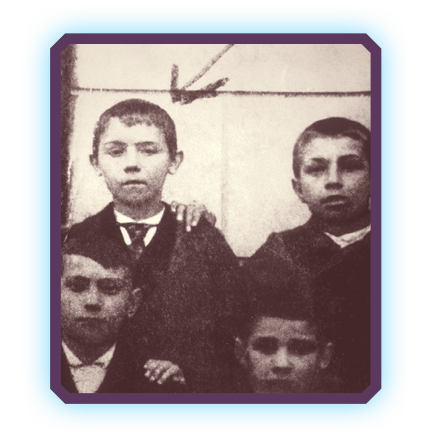
Hitler at age 10
There were two subjects Hitler liked. The first was history. His history teacher, Leopold Ptsch, was a German Nationalist. Ptsch taught Hitler and the other students that Germany was the greatest country in the world, and that the other nations were jealous and kept holding it back. That included Austria-Hungary. Most people along the border considered themselves both Austrians and Germans, but Hitler wanted nothing to do with Austria-Hungary. Part of that was his anger toward his strict, disapproving father. Alois was fiercely loyal to Austria-Hungary, which only made Hitler hate his birth country more.
Hitlers favorite subject, however, was art. He decided to become an artist when he finished school. Alois was furious. He thought art was a waste of time and a waste of Hitlers talents. The two fought about Hitlers choice for several years. Hitler had actually wanted to go to a regular high school so he could start studying art more easily, but his father sent him to a technical high school instead.

Hitlers mother, Klara Polzl
Alois died when Hitler was only thirteen years old. The government gave their family a pension, or retirement fund, because Alois had been in the civil service. Hitler, his sister, and his mother were able to live comfortably on the money they received.
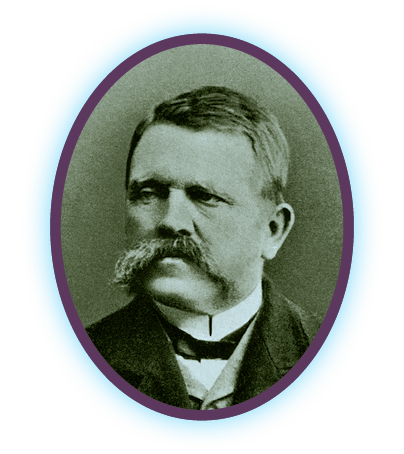
Hitlers father, Alois
Hitlers mother had always spoiled him, but now that his father was gone, Hitler was allowed to do what he wanted. He enrolled in a regular high school in 1904, but by then he had gotten into the habit of goofing off rather than studying. Soon he stopped studying at all. His grades plummeted. When he was fifteen Hitler did so poorly on the school exams that his teachers said he would have to repeat the year. Instead he quit school completely.
DAYS IN VIENNA
Now that he was done with school, Hitler was free to choose his own path. He decided to move to Vienna and pursue his dream of being an artist. Vienna was the cultural center of Austria-Hungary. It had a reputation for art, music, and culture. Hitler was so attracted to the art in Vienna, he moved there even though it was part of Austria-Hungary.
Hitler applied to the Academy of Fine Arts in Vienna, but they rejected him. He was devastated. He had always thought he was good at art, and had never expected to fail.
The Rector did suggest that Hitlers talents lay in architecture, but he could not bring himself to apply to a second school. Plus he probably knew they would never accept a student who had not completed secondary school.
Next page
